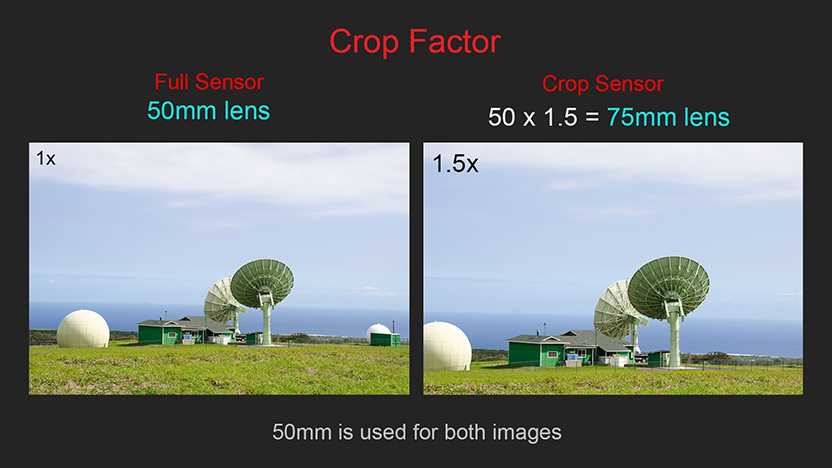


DSLR stands for Digital Single Lens Reflex, which works by the light hitting a mirror angled at 45 degrees. Let’s start with the basics and look at the key differences between these two types of cameras. Why you can trust TechRadar We spend hours testing every product or service we review, so you can be sure you’re buying the best.

Mirrorless vs DSLR cameras: what's the main difference? Incredibly, the Nikon Z9 doesn't even have a mechanical shutter, which makes it the real flag-bearer of a new, all-electronic shooting style.īut what exactly are the differences between a mirrorless cameras and a DSLR? And are there any situations where you should still consider the latter? Our in-depth guide is here to give you all the answers – including a simple explanation to that first question.
DIFFERENCE BETWEEN CANON FULL FRAME CAMERAS PROFESSIONAL
With flagship cameras like Sony A1, Nikon Z9 and Canon EOS R3, the giants have confirmed that mirrorless is both the present and the future for their best professional cameras. Hobbyists and amateurs, who were more bothered by weight and portability, would instead lean towards their mirrorless counterparts. If you were a pro, you tended to pick up a DSLR. And that counts for a lot during these financially-challenging times.īack in the early days of mirrorless cameras during the late 2000s, the situation was very different. But it isn't quite that simple, because DSLRs continue to offer excellent value and have large, established ranges of lenses. This means mirrorless is very much the default format for new cameras and is our recommendation for most people. So are we any closer to establishing a winner? While the decision will always be a personal choice, the camera manufacturers are starting to make it a lot more straightforward.īoth Canon and Nikon have been discontinuing, or simply not updating, their DSLR models in recent years. The great mirrorless vs DSLR camera debate has been rumbling for a few years now.


 0 kommentar(er)
0 kommentar(er)
